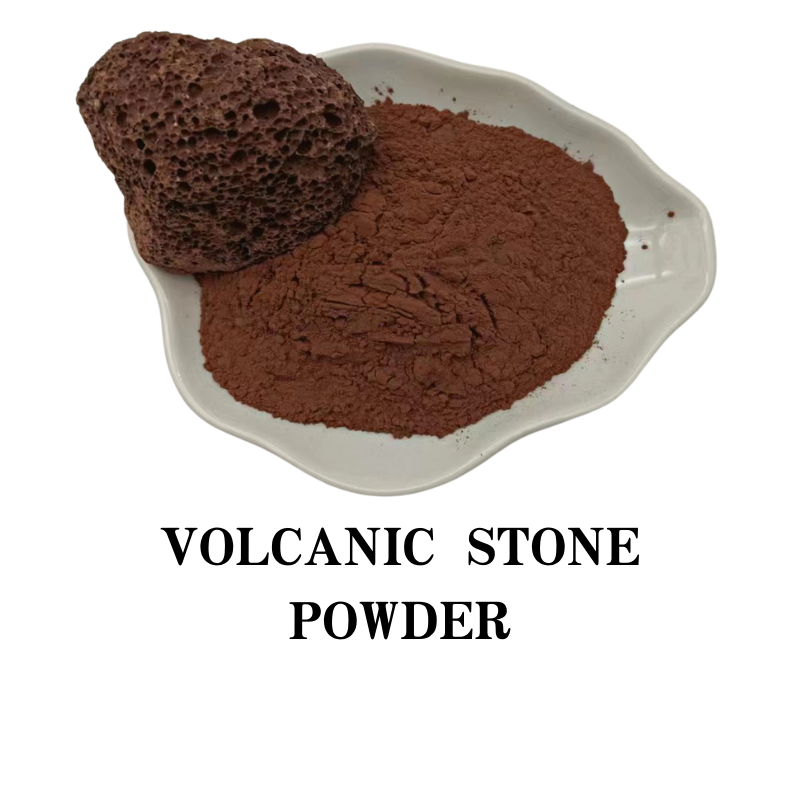
Exploring the Properties and Applications of Basic Alumina in Industry
The Importance of Basic Alumina in Modern Industry
Basic alumina, commonly referred to as aluminum oxide (Al2O3), is a vital compound in various industrial applications. Its unique properties make it indispensable in processes ranging from the production of aluminum metal to the formulation of ceramics and advanced materials. As industries continue to evolve, understanding the significance and applications of basic alumina becomes increasingly important.
Production and Properties of Basic Alumina
Basic alumina is typically derived from bauxite through the Bayer process, where bauxite ore is refined to produce alumina. This white, crystalline compound exhibits exceptional hardness, high melting point, and excellent chemical stability. The hardness of basic alumina often surpasses that of glass, making it suitable for abrasive applications. Its high melting point allows it to withstand extreme temperatures, a crucial characteristic for materials used in high-temperature environments.
Moreover, basic alumina possesses outstanding electrical insulating properties, making it a valuable component in the electronics and electrical industries. Its chemical inertness adds to its appeal, as it is resistant to corrosion and adverse chemical reactions. These attributes enable basic alumina to serve in various roles, including as a refractory material, an abrasive, and a catalyst and catalyst support in chemical processes.
Applications of Basic Alumina
1. Aluminum Production One of the primary uses of basic alumina is in the production of aluminum metal. The process of electrolysis used in aluminum smelting relies heavily on alumina as a feedstock. The purity and quality of the alumina significantly affect the efficiency and cost-effectiveness of aluminum production.
2. Ceramics and Refractories The ceramic industry utilizes basic alumina to manufacture tiles, sanitary ware, and advanced ceramics. Its hardness and durability enhance the mechanical strength of ceramic products, making them suitable for a wide range of applications, from household items to industrial components.
basic alumina

3. Abrasives Basic alumina is widely used as an abrasive material due to its hardness. It is found in various forms, such as grinding wheels, sandpapers, and blasting media. Its effectiveness in cutting and shaping materials makes it a preferred choice in manufacturing and construction processes.
4. Catalysts and Catalytic Supports In the chemical industry, basic alumina serves as a catalyst and support for various chemical reactions. Its large surface area and porous structure allow for enhanced reaction rates, which is crucial in processes such as petrochemical refining and environmental applications, where pollutants are converted into less harmful substances.
5. Electronics With the rise of electronic devices, basic alumina is increasingly utilized in the semiconductor industry. Its insulating properties make it ideal for substrates and insulators in electronic components.
Environmental Impact and Sustainability
As industries strive for sustainability, the role of basic alumina becomes more pertinent. Efforts are being made to recycle alumina and reduce waste in the aluminum production process. Innovations such as closed-loop systems aim to minimize the environmental impact associated with bauxite mining and alumina refining. By improving recycling methods and utilizing alternative raw materials, the industry is moving towards a more sustainable future.
Conclusion
Basic alumina is a versatile and essential material in various sectors, including metallurgy, ceramics, abrasives, and electronics. Its unique properties, combined with its wide range of applications, underline the importance of continuous research and innovations in this field. As industries seek to enhance efficiency and environmental sustainability, the future of basic alumina remains promising, paving the way for advanced materials and processes that will contribute to a more sustainable industrial landscape.
Share
-
Natural Premium Bentonite Cat Litter - Superior ClumpingNewsJul.31,2025
-
Premium Resin Coated Sand - High Heat Resistance CastingNewsJul.31,2025
-
High Quality Silicon Carbide Grit for Abrasive ApplicationsNewsJul.30,2025
-
High-Quality Ceramsite for Plants & Gardening | Lightweight PebblesNewsJul.29,2025
-
Premium Burgundy Glass Marbles for Vases & Shooter GamesNewsJul.29,2025
-
High Purity Quartz Sand for Industrial and Ground ApplicationsNewsJul.29,2025






